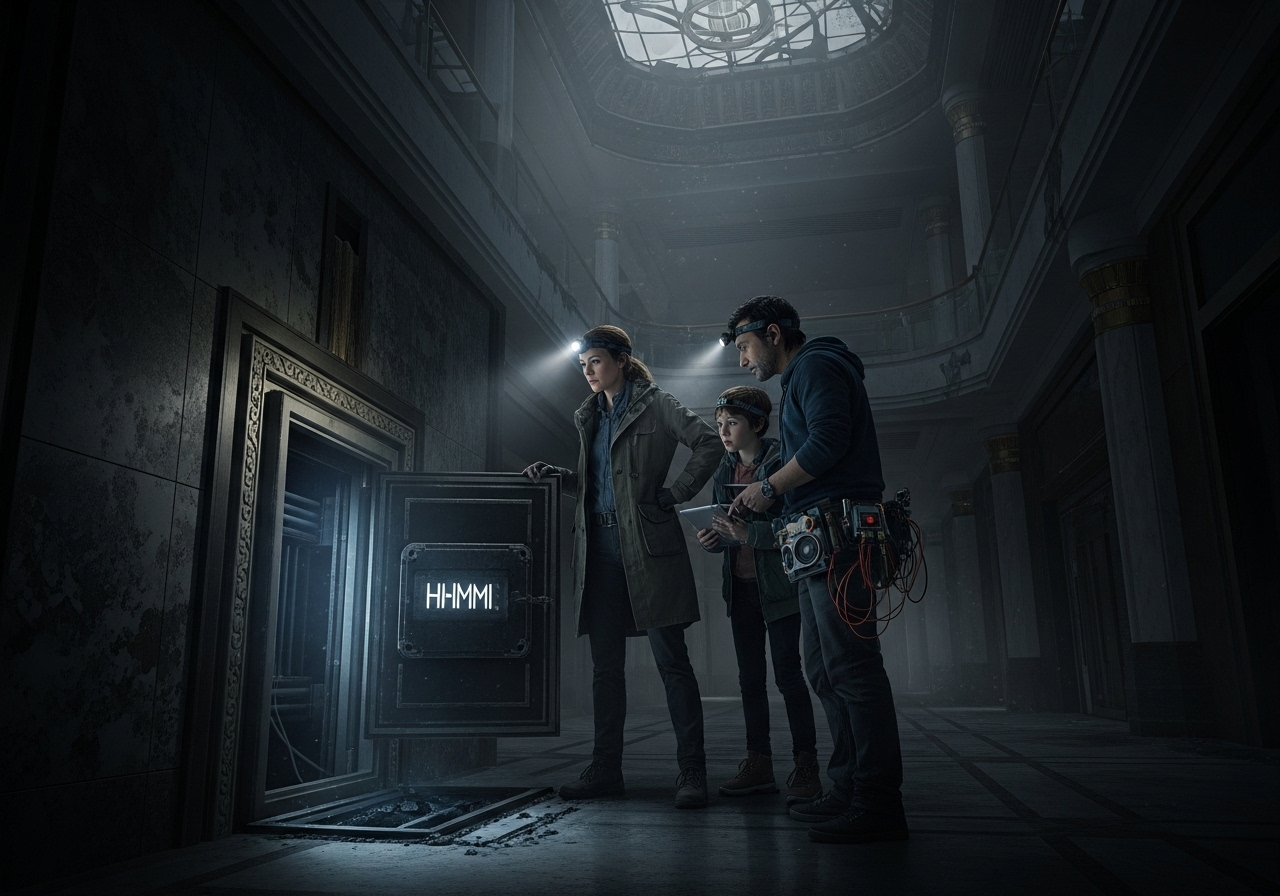
AI is dismantling traditional expert-driven firms, replacing costly specialist labor with agile, system-orchestrating transversal creators.
How AI and the “Sovereign Stack” Are Destroying Labor-Based Business Models
As artificial intelligence fuses with cloud-scale utilities, the old economy of human specialization is collapsing. The firm, once built to manage expert labor, now faces obsolescence. In its place rises the “Transversal Creator” — an individual who can orchestrate entire systems without the bureaucracy of the past.
The Great Unbundling of Professional Labor
For decades, whether in a startup, a publishing house, or a creative agency, the modern business model rested on one costly idea: the specialized assembly line.
Organizations made money by gathering teams of highly trained, high-cost professionals—editors, developers, designers, strategists—and charging clients a premium for managing the handoffs between them. This system locked workers into narrow professional silos and forced companies to maintain enormous fixed payrolls that could only be sustained through large infusions of capital, often from venture funding.
That structure is now collapsing. A new wave of integrated, utility-based technologies—what can be called the Sovereign Stack—is not just making work faster or easier; it is eroding the very economic need for large, specialist-driven firms.
The Economic Shift: From Fixed Payroll to Variable Utility
The reconfiguration of cost structures isn’t theoretical—it’s already visible in the data. According to the International Monetary Fund, roughly 40% of jobs globally will be affected by AI integration over the next decade, rising to 60% in advanced economies where knowledge work dominates (IMF, 2024). That means entire sectors built on specialized, high-cost human labor—law, finance, design, and publishing—are now confronting systemic pressure to reimagine how expertise is delivered and priced.
The OECD’s 2023 Employment Outlook similarly found that over half of employers in finance and manufacturing reported measurable productivity gains after adopting AI, a clear signal that automation is already converting what were once fixed labor costs into scalable digital operations (OECD, 2023). These shifts echo a deeper economic trend: the migration from payroll to utility billing, where production costs are tied to computational usage rather than human time.
And yet, adoption remains uneven. In Canada, for instance, only 6.1% of businesses reported using AI in the delivery of goods or services as of mid-2024 (Statistics Canada, 2025). That number will rise sharply as smaller enterprises begin to access low-cost, plug-and-play AI infrastructure—what this article calls the Sovereign Stack. The transition is still in its early stages, but the financial logic is already clear: automation’s marginal cost is approaching zero, while skilled labor remains expensive and scarce.
The most disruptive change isn’t creative or technological—it’s financial. The Sovereign Stack transforms what used to be massive, recurring salary obligations into lightweight, flexible operational expenses. Production no longer depends on maintaining a full-time workforce; it runs on scalable tools and adaptive systems.
| The Old Model: Specialist Labor | The New Model: Augmented Utility |
|---|---|
| High Fixed Costs: Permanent payrolls of expensive specialists. | Variable Costs: On-demand access to AI and digital utilities billed by usage. |
| Capital Dependence: Massive funding rounds to cover overhead. | Capital Independence: Lower costs eliminate the need for external funding. |
| Expert Bottlenecks: Quality depended on costly specialists. | Embedded Intelligence: Expertise is built into systems and workflows. |
| Profit from Markup: Firms charged by the hour for human labor. | Profit from Impact: Value is measured by outcome and speed, not time spent. |
When the central cost of production ceases to be a human salary and becomes a line item on a utility bill, the very rationale for traditional firms begins to disappear. Business models built on managing human labor are becoming structurally obsolete.
The New Professional: The Rise of the Transversal Creator
The economic transformation underway is not speculative—it’s already visible in global data. The International Monetary Fund estimates that around 40% of jobs worldwide will be affected by AI, a figure that climbs to nearly 60% in advanced economies where knowledge and service work dominate (IMF, 2024). In practical terms, that means a majority of the professional class—the very workforce that built the 20th
As the specialist economy unravels, a new kind of professional emerges: the Transversal Creator—someone who integrates across disciplines rather than specializing within one.
The rigid boundaries separating “writer,” “developer,” and “marketer” are dissolving. In this new environment, your value no longer lies in performing a single specialized function—it lies in your ability to design and direct entire creative systems.
The new professional is a system orchestrator, fluent in the logic of tools, the flow of information, and the ethics of automation. Their creative act is not simply to produce content or code, but to build and manage the mechanisms that produce it.
The Transformation of Creative Industries
The ripple effects across creative and knowledge industries are profound:
- Publishing: The traditional publisher as gatekeeper is fading. Individual creators can now manage production, design, and distribution independently, keeping creative control and the majority of the value.
- Software and Design: The focus shifts from crafting each component manually to intelligently coordinating automated systems. The most effective creator is the one who can weave multiple tools and processes into a seamless, self-operating structure.
- Agencies and Studios: The model of large firms built on aggregating specialized talent becomes economically unviable. A single, augmented individual can now deliver the same creative, technical, and strategic value faster and at a fraction of the cost.
The Sovereign Stack and the End of the Assembly Line
The Sovereign Stack doesn’t just automate production—it reorders the economy of expertise. It moves power away from institutions that manage labor and toward individuals who can design and deploy systems themselves.
The age of the professional guild is giving way to an era of sovereign creators—transversal individuals who blend strategy, creativity, and technology into unified workflows.
The specialized assembly line, once the height of efficiency, has become the new bottleneck. The future belongs to those who can move fluidly across disciplines, turning systems—not salaries—into the true engines of production.





